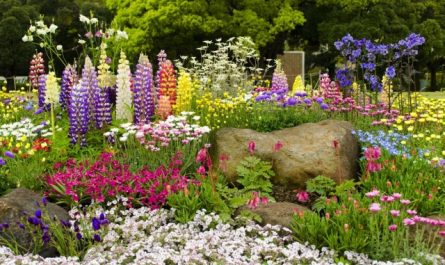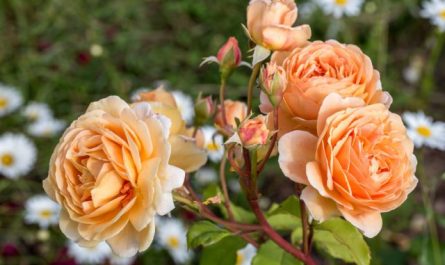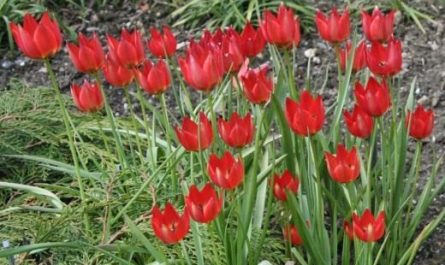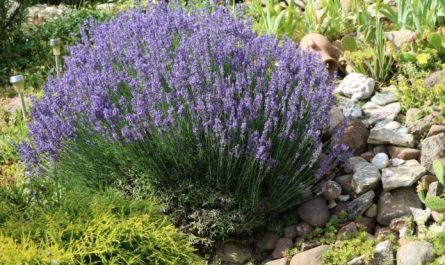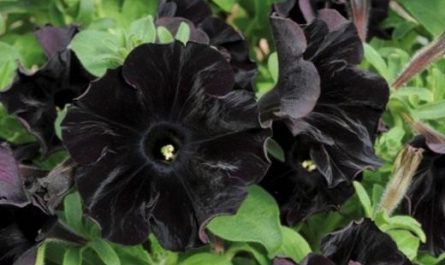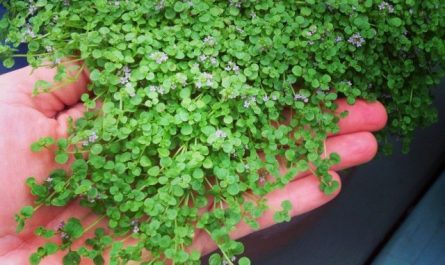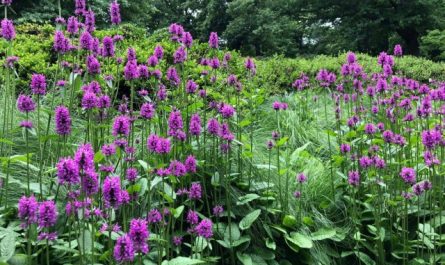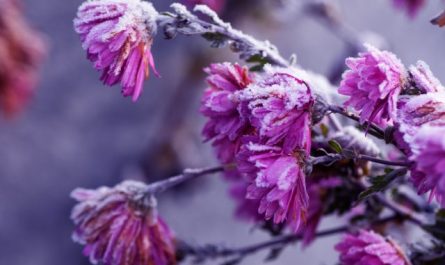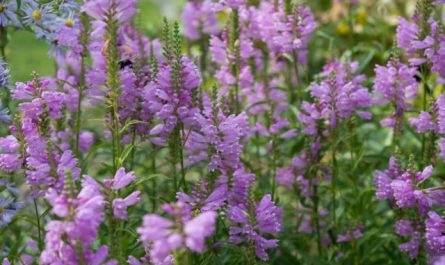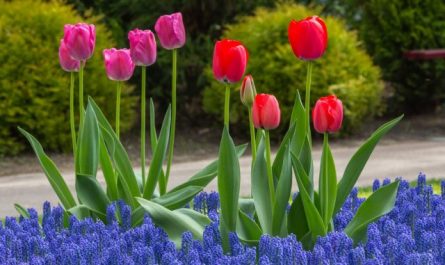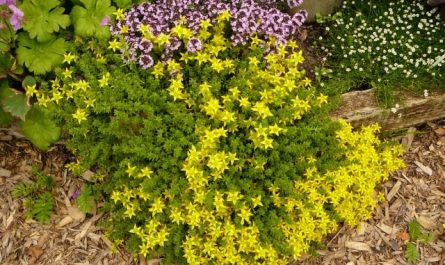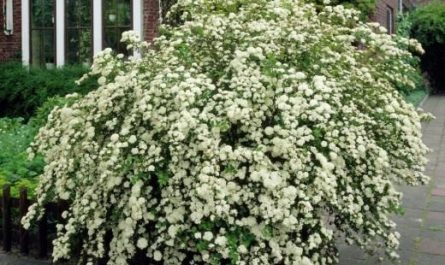Among garden perennials, few can compete with astilbe in airiness and openwork. The filigree beauty of the leaves and airy, fur-like panicles help transform the semi-shaded areas of the garden. A luxurious choice of colors, as well as the heights of varieties, makes astilbe an absolute favorite of modern styles. And durability – also one of the most reliable species. Astilbes require care and the right choice of location. But they combine perfectly not only with perennials, but also with shrubs. Their cost is fully justified by both beauty and ease of cultivation.

Description of the plant
Classic, essential and versatile Astilba (astilbe), “false spirea” and English “false goat’s beard” (false goat beard) is the recognized queen among herbaceous perennials Saxifrage family (Saxifragaceae).
Astilbes can be dwarf, from 10 to 50 cm, and large – up to 1,5 and even 2 m, compact and spreading. Powerful roots rise annually by 3-5 cm, grow vertically. Shoots are straight and strong. Astilbes have two types of leaves – basal leaves sitting on long petioles and short-petioled stem leaves. Elegant, luxuriously filigree, ornamental, often unexpectedly wrinkled, twice or three times pinnately dissected (only a few species have simple) leaves of astilbes are an unexpected decoration of any composition.
The rough serrated edges only emphasize the beauty of the dark or bright green color of the leaves, and in spring and autumn, astilbe surprises by changing their color to bronze, gold and purple. There are unique astilbes with fringed, curly leaves.
Astilbe has small flowers collected in panicles and racemes of complex inflorescences in such quantity that they merge into one fluffy mass. From 15 to 40 cm in length and up to 30 cm in diameter, the inflorescences are different – rhombic (side branches look up, located at acute angles to the axis), pyramidal (branches grow almost perpendicular to the axis), paniculate (branched repeatedly) and drooping. Their density and texture depend on the length of the petals of the flowers. With long inflorescences seem fluffy, soft transparent, with shortened ones – curly, covered with buds and denser.
The white-pink-red palette of astilbes is very romantic. Flowering lasts up to 35 days and starts in June or July, there are early and late varieties.



Types and varieties of astilbe
Modern garden astilbes are hybrid varieties that have almost displaced more modest species plants. Of the more than 30 species, the following are particularly decorative:
Astilbe glabra (Astilbe glaberrima) – compact, miniature, lush, up to 15 cm high with bronze-tinted leaves and thin, gracefully spreading, delicate pink inflorescences.
Astilbe Thunbergia (Astilbe thunbergii) is a medium-sized, up to 80 cm species with bright, bipinnate, serrated leaves and fragrant, branched inflorescences that bloom in the second half of summer.
astilbe chinensis (astilbe chinensis), or Astilbe davidii (Astilbe davidii) is a tall, up to 1-1,5 m species with spreading bushes, tripinnate, light, with reddish pubescence along the veins and edges, wrinkled leaves and delicate white-pink-lilac dense airy pyramids up to 40 cm in length. Varieties bloom from June to early autumn. There are a number of decorative forms, for example, dwarf pumila (var. pumila) and straight, late flowering took (var. taquetii).
Astilbe japonica (astilbe japonica) a spreading species from 50 to 80 cm tall with twice-pinnate, dark leaves and non-aromatic, white or pink, dense diamond-shaped inflorescences up to 30 cm in diameter.
Astilbe major (Astilbe grandiflora), popular under its old name Astilbe koreana (Korean Astilbe) is a half-meter, brown-pubescent, light-leaved species with wrinkled leaves and drooping, very dense white-cream inflorescences.
Astilbe simplefolia (Astilbe simplicifolia) is a compact species with undivided, coarsely serrated leaves and late flowering with spreading pyramidal, partially drooping pink or white inflorescences.

Varietal astilbes are more resistant to diseases and pests. Among them there are compact plants for alpine slides and huge spectacular bushes. The most fashionable astilbes are those with massive inflorescences:
- “Heart and Soul” (Heart and soul) – a cold-lilac, lushly colored variety with emerald leaves;
- “Lighthouse” (Fanal) – one of the brightest dark red varieties Arends groups (Arendsii Group), with dense bushes up to 45 cm high, reddish young leaves and raspberry buds;
- “Amethyst” (Amethyst) – a bright pink Arend variety with yellowish leaves in lush bushes up to 80 cm with narrow panicles;
- “Lilliput” (Liliput) – a super-dwarf, dense variety with burgundy in spring, emerald in summer and bronze in autumn curly leaves and very dense, soft pink panicles;
- “Chocolate Shogan” (Chocolate Shogun) – a compact hybrid with glossy, dark, brown-chocolate-purple leaves, powdery-creamy-pink watercolor inflorescences and dark buds;
- “Black Pearls” (Black Pearls) – a medium-sized variety up to 70 cm in height with dark leaves and almost black colored buds in tall, dark purple fluffy inflorescences;
- “Darwin’s Dream” (Darwin’s Dream) – a densely spreading variety from among the Arends hybrids with emerald leaves and very dense leaves and muted dark pink, very dense panicles that almost hide the bush;
- “Serenade” (Serenade) – a low, up to 40-50 cm, variety with dark pink feathery-transparent panicles;
- “Purpurlanze” (Purpurlanze) – a dark-leaved hybrid up to 120 cm high with dark purple-lilac, narrow and dense inflorescences that do not fade in the sun;
- “Hyacinth” (Hyacinth) is a fluffy, airy variety of the Arends group with very large, cold-acrylic-purple panicles and light-brownish leaves that darken in summer.



Using Astilbe in Garden Design
Astilbes look good in almost any composition: dwarf varieties create dense groups and almost carpets, tall ones – spreading, massive accents.
In the garden, astilbe can be planted:
- single plants;
- in monochromatic or variegated groups and spots;
- as a frame, addition or edge for shrubs, conifers and trees;
- near reservoirs and their imitations;
- to add volume and colour to hidden areas of the garden;
- for landscape compositions;
- in mixborders and mixed flower beds;
- to create borders.
They combine well with hostas, ferns, Siberian irises, geraniums, tiarella, heuchera, phlox, bellflowers, iberis, bergenia, tenacious, early bulbous plants and many other plants.
Astilbes are used for cutting, but their dry panicles can also enliven the garden in winter.

Conditions for astilbe and planting
Astilbes grow in nature where there is sufficient moisture in the summer. They prefer fresh or damp soils, tolerate slight dampness, and require regular watering in dry soils. Poor soil is not suitable for them, but they grow well in any fertile and loose soil.
It is preferable to plant these plants in partial shade, in diffused, soft lighting, with protection from the sun at midday. Many early and late varieties can successfully bloom both in denser shade and in bright sun, but species and “medium” astilbes are more sensitive to sun. The brighter the lighting, the more lush and shorter the flowering, in the shade astilbes bloom longer, but not so brightly.
Astilbes can be planted in spring (early and mid-May), early autumn, and summer – if it is possible to care for the plants.
The minimum distance when planting is 30 cm, even tall varieties do not require a distance of more than 50 cm. Astilbes need deep individual holes. 30 g of mineral fertilizers, a handful of ash and bone meal are added to the soil. Astilbes are planted after intensive watering, immediately mulching the bushes for protection. They need regular watering for 2-3 weeks.
Despite the ability to grow in one place for decades, astilbes are usually replanted every 3-5 years, depending on the rate of growth and protrusion from the soil, focusing on the deterioration of flowering.
Caring for Astilbe in the Garden
This moisture-loving plant does not tolerate heat and prolonged drought. Arends hybrids and adult varieties of Chinese astilbe are the most resistant. The brighter the place, the more you need to water the astilbe. Any drought should be compensated for by deep watering, soaking the soil to a depth of 30 cm or more. On dry soil and in the sun, astilbes require watering twice a day, in partial shade – 1-2 times a week.
When replanting every 3-5 years, astilbes do not need to be fed or only one early spring feeding can be used. In other cases, they are fed 2-3 times per season – with nitrogen or complex fertilizers after growth, and potassium-phosphorus – after flowering or at the beginning of autumn (25-30 mg of fertilizer per plant) with loosening of the soil.
Astilbes need to be mulched to protect against overheating and stabilize humidity. Bark is preferable, but compost and other materials in a layer of 5 cm will do. Hilling and adding soil to the base of the bush are mandatory, because for astilbe it is necessary to compensate for the protrusion of roots from the soil every year. To protect replacement buds, it is better to add soil in the fall.
Sufficient winter hardiness (-37 °C) allows astilbes to easily withstand almost any winter, but only if there is a sufficient level of snow. Additional protection with spruce branches or redistribution of snow cover is an excellent option in unsuccessful winters. When choosing zoned, local plants, problems rarely arise.
Astilbes are often affected by nematodes, which are best controlled by removing the affected plants. Spittlebugs, which are collected by hand, are also common.

Propagation of astilba
Dividing the bushes into small parts with several shoots and strong roots or into large divisions is the easiest way to propagate astilbe. It is better to divide the bushes in early spring.
You can grow species astilbes from seeds (sowing is done for seedlings in spring in separate boxes) or by cutting out sprouting buds with a heel as cuttings in early spring and rooting them in greenhouses. Although slowly, green cuttings of astilbes also take root.
